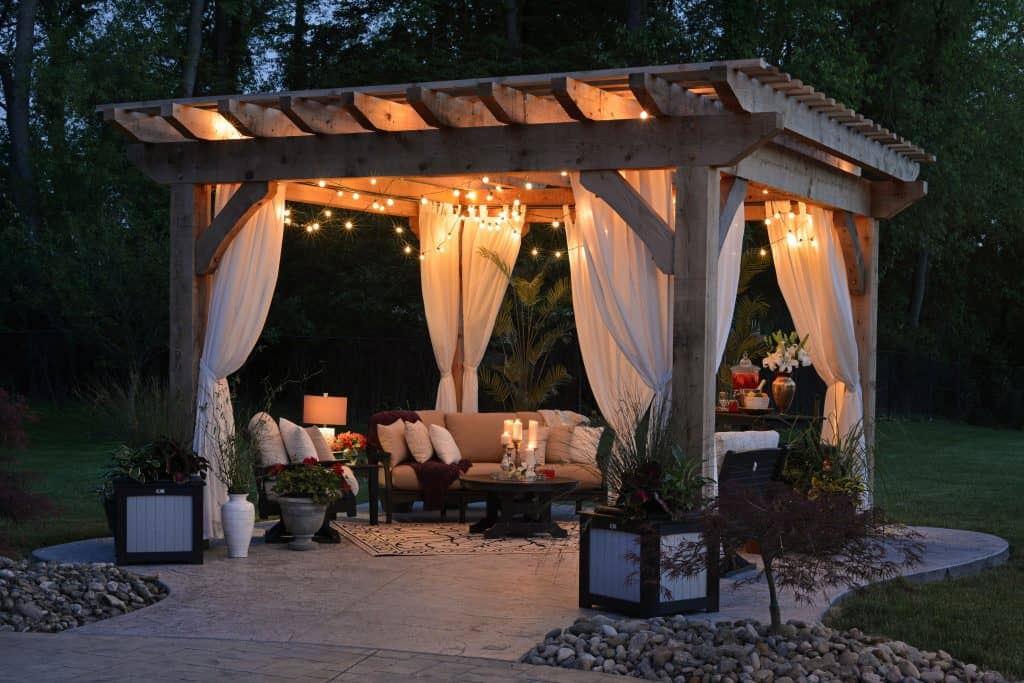Engineering Plans: Canopies
CANOPY, AWNING & WALKWAY COVER
DESIGN RESOURCES
Find The Perfect Canopy Design
Lean about canopies & discover a wide range of canopy and covered roof engineering design plans, canopies & canopy accessories, and canopy installation services from top US manufacturers & contractors.
What is a canopy?
Canopies are overhead roof structures that typically have open, curtained, screened, glass, slatted or fabric sides. While canopies are typically intended to provide shelter from the rain or sun, they also serve decorative purposes, or to give emphasis to a route or part of a building.
Canopies and walkway covers can add an amazing stylish personality to your home or business while also serving as a functional structure. Read on to discover our growing curation of canopy resources.
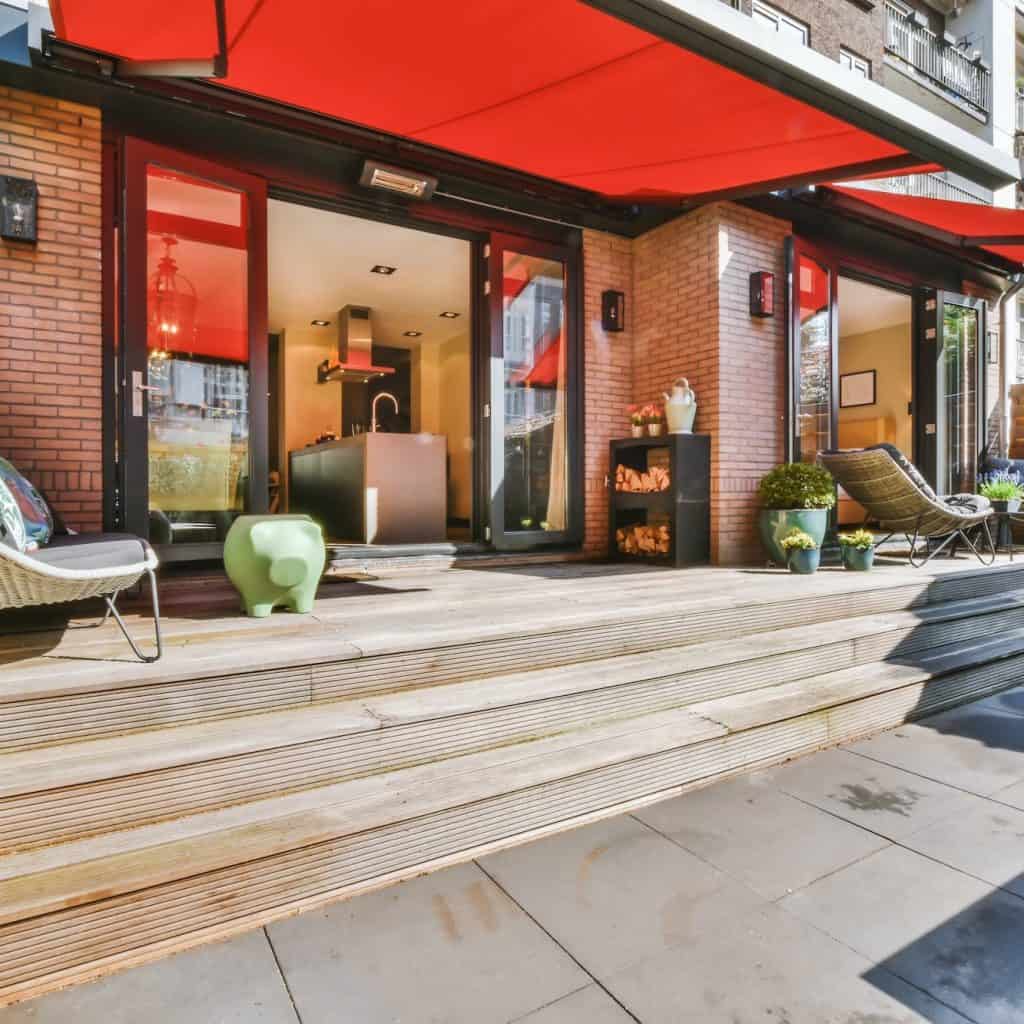
Outdoor Backyard Canopy
I’m sure you’ve been to a friend’s backyard outdoor event out in the hot sun or when sudden rain approaches. Canopies provide shade from the sun, protection from rain, and prevent backyard accessories from excessive wear and tear from the elements.
A properly designed canopy allows for that relaxing day in the shade reading a book, a safe-haven for your dog, or a place to grill without getting sunburned or wet from rain.
Canopies are typically permanently installed but some have removable options in the event of high winds and snow.
For canopies that are meant to be permanent, they must resist peak wind gusts and snow loads as established by local building codes. Consult a design professional to ensure the canopy you purchase is properly designed and secured to a permanent surface or mounted with ground anchors.
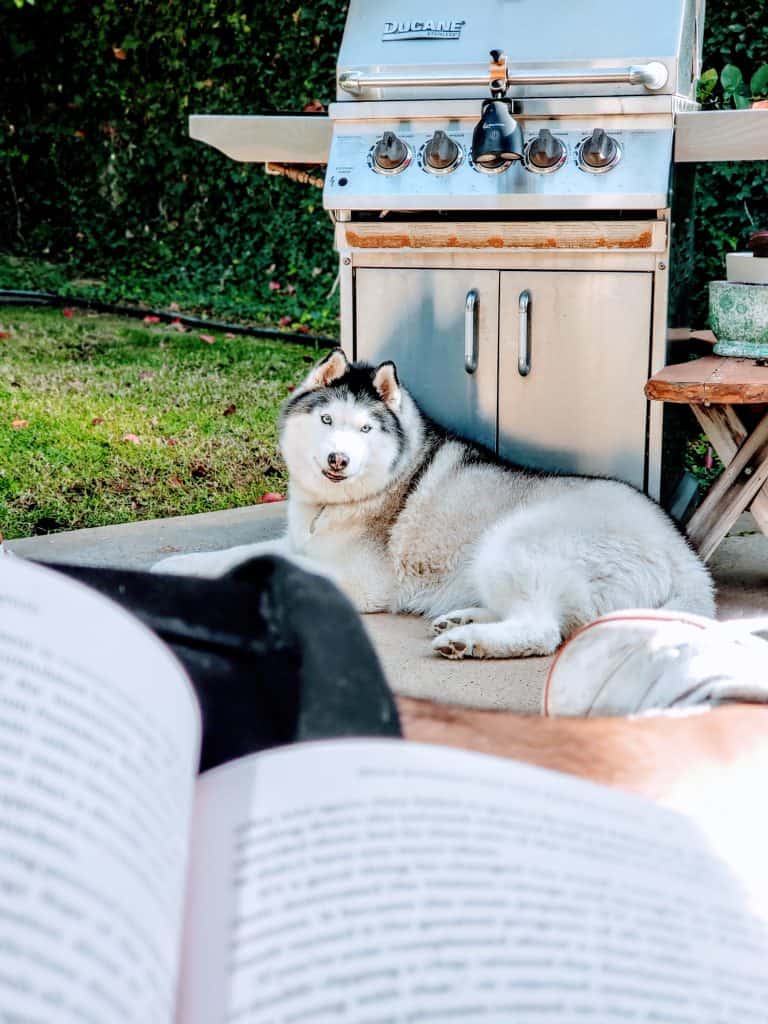
Poolside - Waterside Canopy
Canopies are great for relaxing poolside or by a lake or ocean. Some canopies have retractable fabric covers that allow the sun to warm and dry when open, and cool & protect when closed.
Canopies near water are especially susceptible to unexpected wind gusts as quick water-driven temperature changes cause fluxations in atmospheric pressure. More intense storms allow wind near bodies of water to ‘ramp up’, creating a phenomenon that adds more wind force to lift and overturn canopies.
Careful consideration needs to be given to proper canopy member connection, and tie-down design to properly resist all wind, rain, snow, and seismic forces, especially near bodies of water. Insist on performance ratings when considering a canopy for your enjoyment.
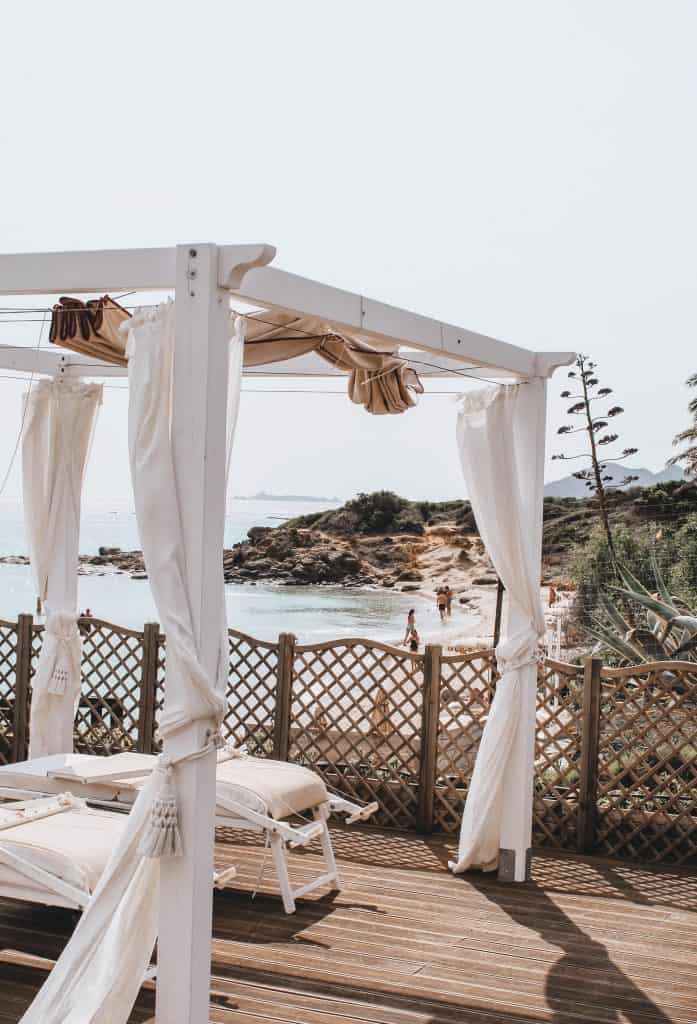
Commercial Canopy
Considered the ‘big brother’ of the residential canopy, commercial canopies are typically designed to higher code standards to meet the demanding needs & protection of the public.
Commerical canopies are typically designed by licensed professionals to meet published code standards applicable to the area being installed. Forces such as live load, dead load, wind, rain, snow, ice, seismic, and lateral use forces all need to be considered with acceptable factors of safety.
Many manufacturers provide & design their canopies for commercial and residential use, providing different designs, material sizes & grades, and connections for each application type. They rely on design professionals licensed in the state the canopy is being installed to provide certified, code-compliant designs for permit and construction. Never install a commercial canopy without consulting an experienced licensed professional. The risk and liability to the public and your company are not worth the small benefit of providing non-compliant canopies.
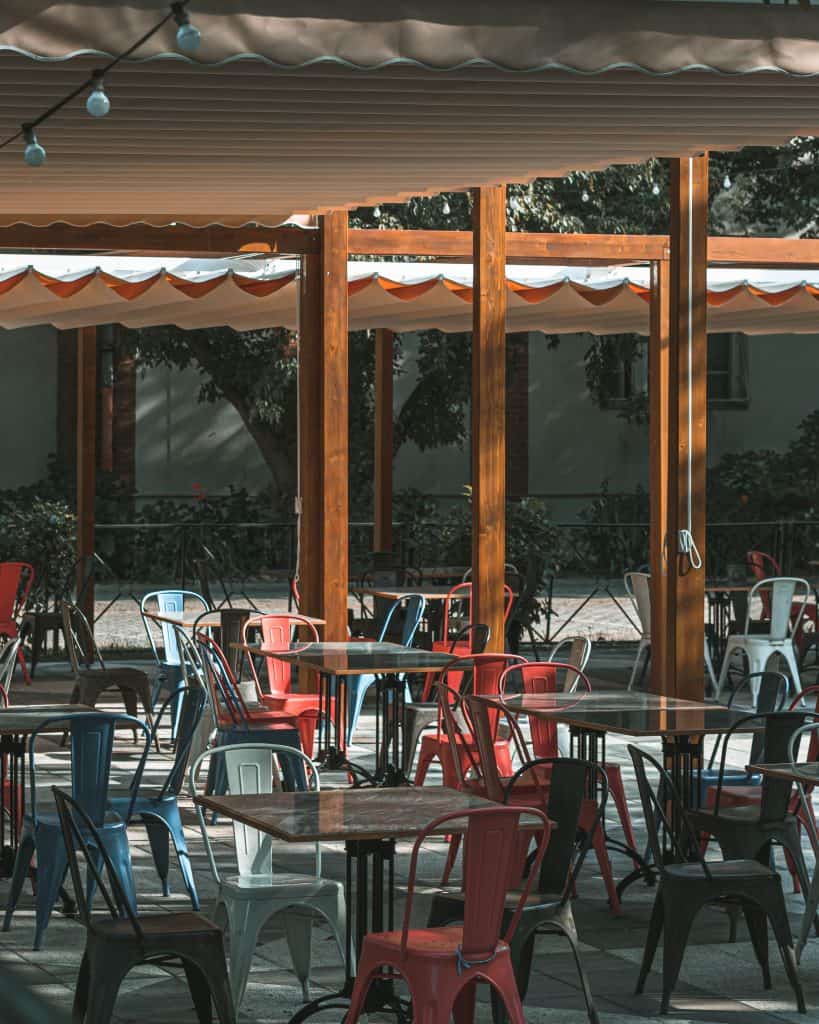
Canopy Options & Accessories
Cabanas are typically outfitted with a host of accessories to make them more enjoyable year-round, day or night.
Retractable screens provide protection from bugs while slatted louver or solid walls provide privacy from neighbors and unsightly views. Glass or vinyl walls provide temperature and rain protection, while heaters, A/C units, and fans provide relief from hot or cold. Swinging chairs are even known to be attached to canopy beams to provide an attractive & relaxing place to sit & swing.
Colored LED lights and traditional post-mounted lighting adds ambiance to night-time events
Each of these elements adds weight, wind resistance, and instability to canopies and must be considered in designs. Even designs that are seemingly strong enough suffer from fatigue, corrosion from incompatible material types, and decay from the elements. Proper safety factors and compliant designs from licensed professionals is crucial to preventing loss of property and injury when in use and in design weather events. Always consult a licensed professional before installing potentially hazardous items to new and existing canopies.
Frequently Asked Questions About Canopy Designs
A canopy is typically defined as a cloth covering which applies to interior use. For Exterior use, canopies are typically solid roof enclosures designed to withstand wind, rain, and snow.
A pergola is an outdoor structure also designed to withstand wind, rain, and snow, but is typically porous with open framework.
Visit our Pergola Page for more inspiring pergola design ideas.
A canopy is typically defined as a cloth covering which applies to interior use. For Exterior use, canopies are typically solid roof enclosures designed to withstand wind, rain, and snow.
An awning is typically a fabric covering & can be retractable. Awnings are typically cantilevered from structures but can also be freestanding or host-attached and supported. In many building codes, it’s typical to allow fabric to be removable for high wind events and designed to a lesser standard to meet code.
Commercial canopies are typically designed to higher wind, snow, live & dead loads than residential canopies as defined by code. They frequently require engineering shop drawing design for permit and building department review, whereas residential canopies may be DIY or held to lesser standards of permit & inspection by building departments. Consult your local building department before building your canopy to determine the loading design and permitting requirements. We always recommend you contact a design professional to properly assess & design your site specific needs.

